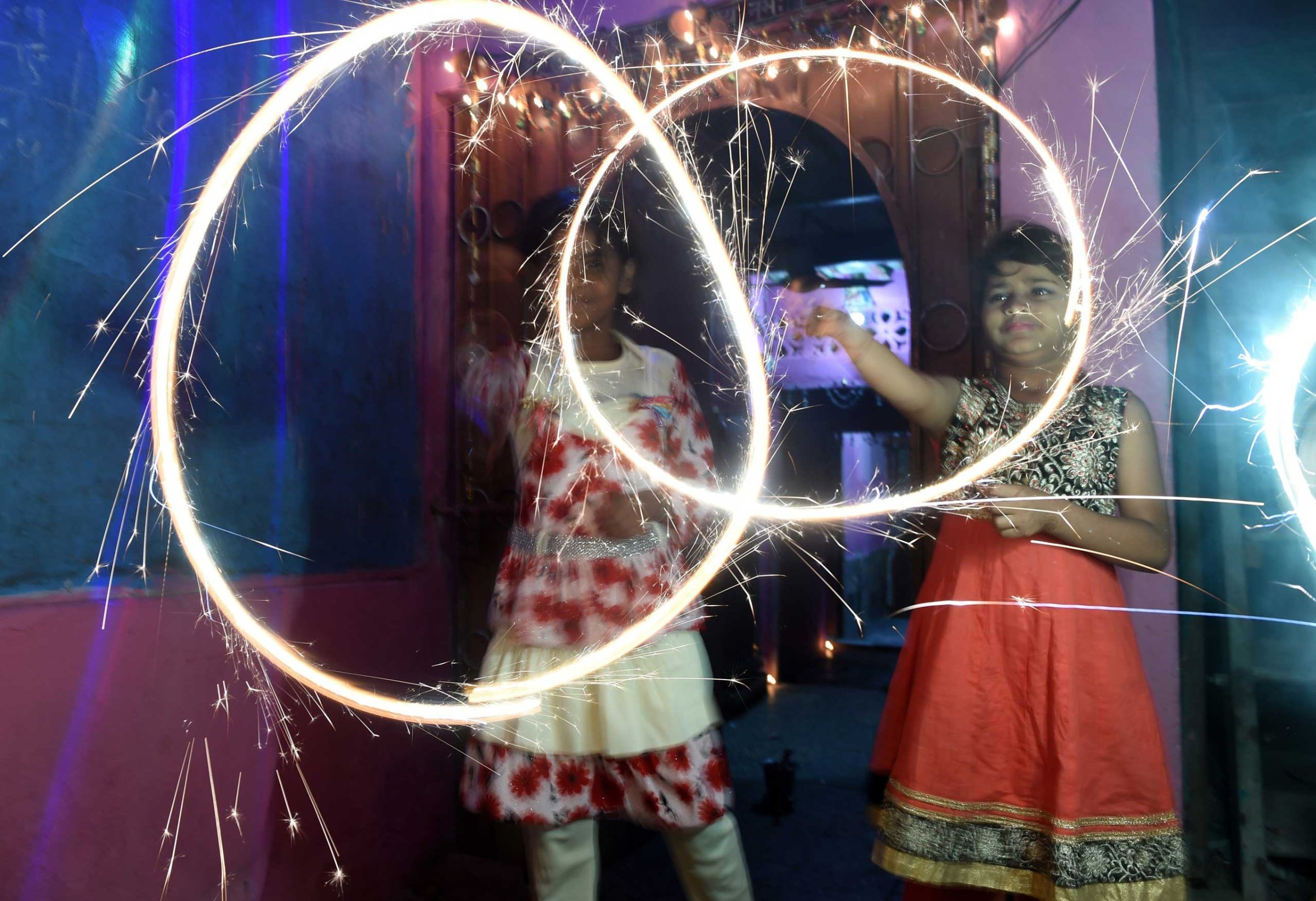
Across India and around the world today, millions of Hindus, Sikhs, and Jains gather to celebrate Diwali, the five day festival of lights. Beliefs vary significantly across different regions and sects, but the holiday – celebrated in India for more than a millennium – generally marks the victory of light over darkness and good over evil. The word Diwali comes from the Sanskrit deepavali, which means a row of lights.
According to Hindu mythology, the festival’s origins can be traced back to the legend of Lord Rama, his wife Sita and his brother Lakshmana who returned to the ancient kingdom of Ayodhya after a 14-year-exile. On that dark night, villagers lit small clay lamps (known as diyas) to illuminate their path and to honor Rama’s victory over the demon king Ravana.
The festival still centers on the darkest, new moon night at the end of the Hindu lunar month of Ashvin, which this year falls on Nov. 11. For many in the Hindu community, Diwali marks the beginning of a new year.
To celebrate, people dress in new clothes and decorate their homes with rangoli, patterns created on the ground using colored rice or powder. Fireworks, diyas and sparklers light up the night, while family and friends exchange sweets and gifts. Even dogs join in the fun, receiving marigold garlands as thanks for guarding their owners. In the photos above, see how Diwali celebrations literally light up the country.
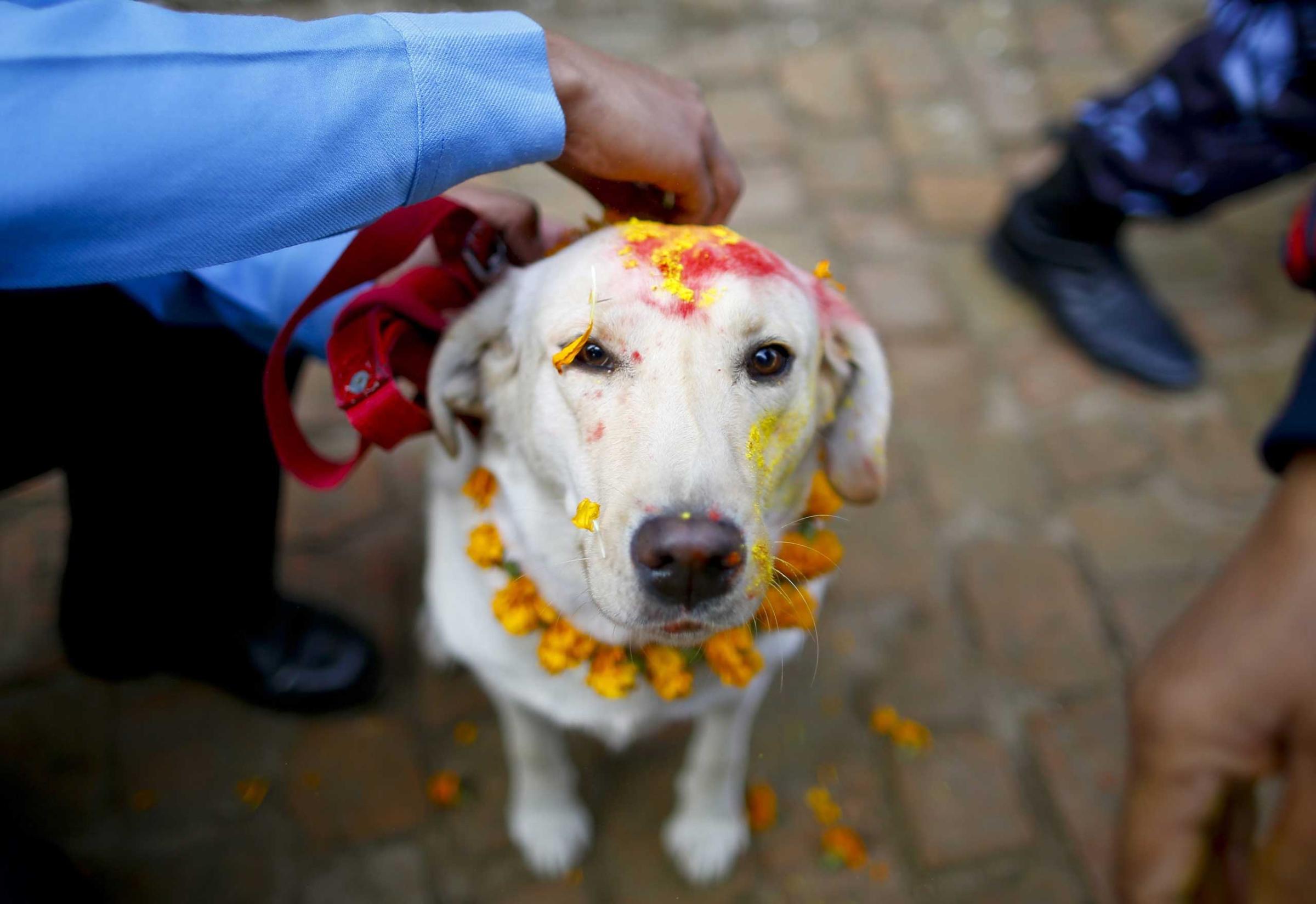
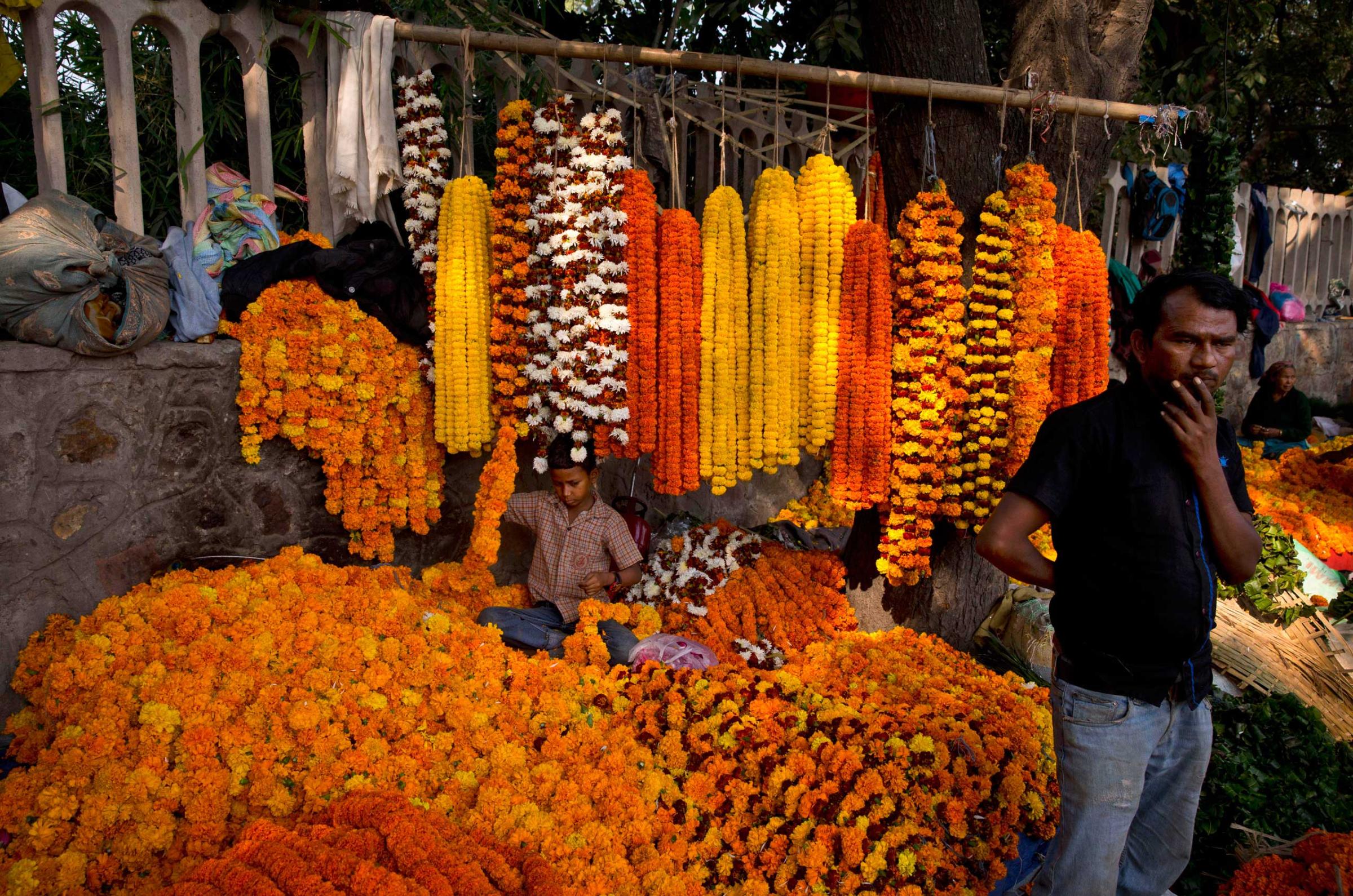

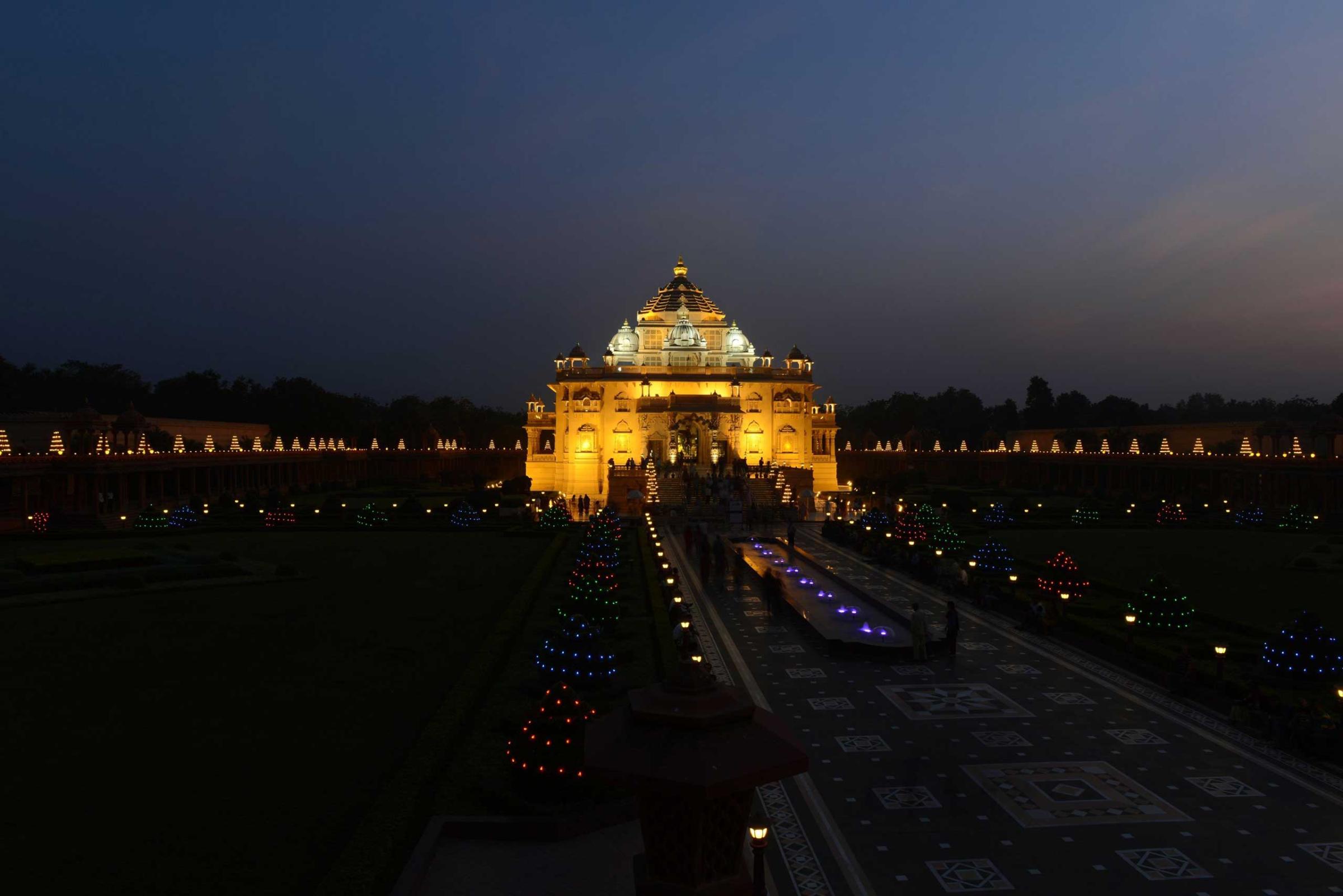
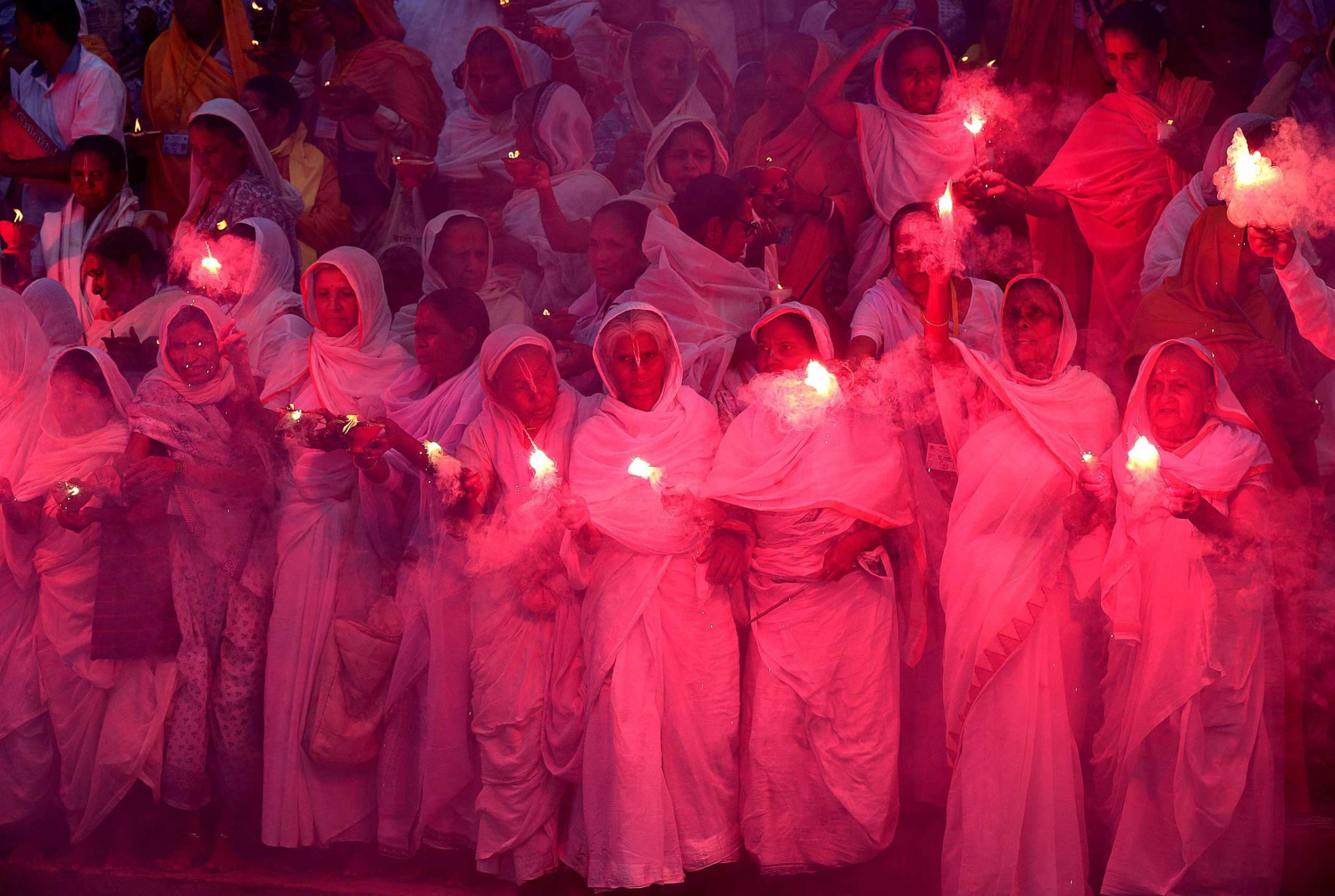
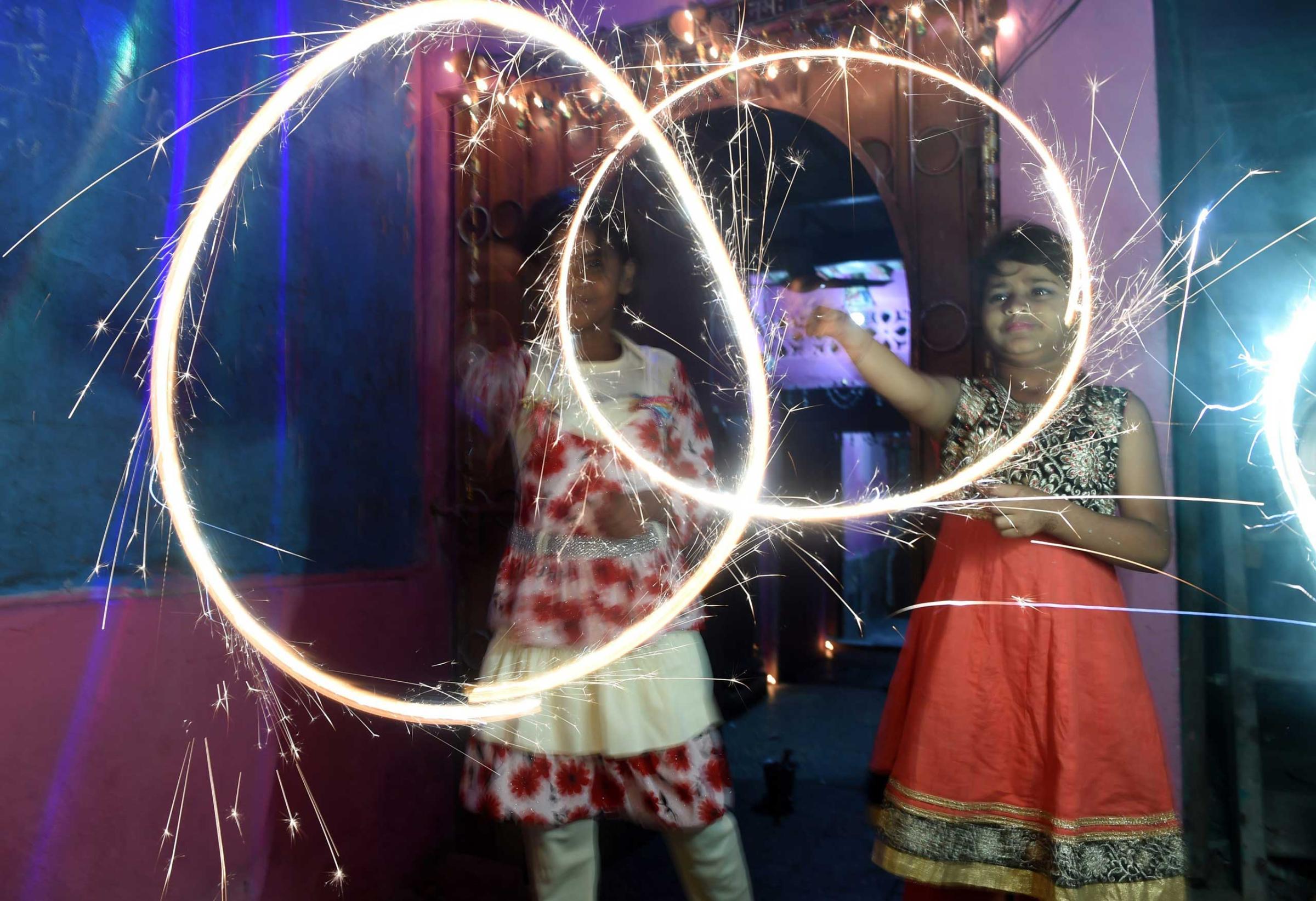
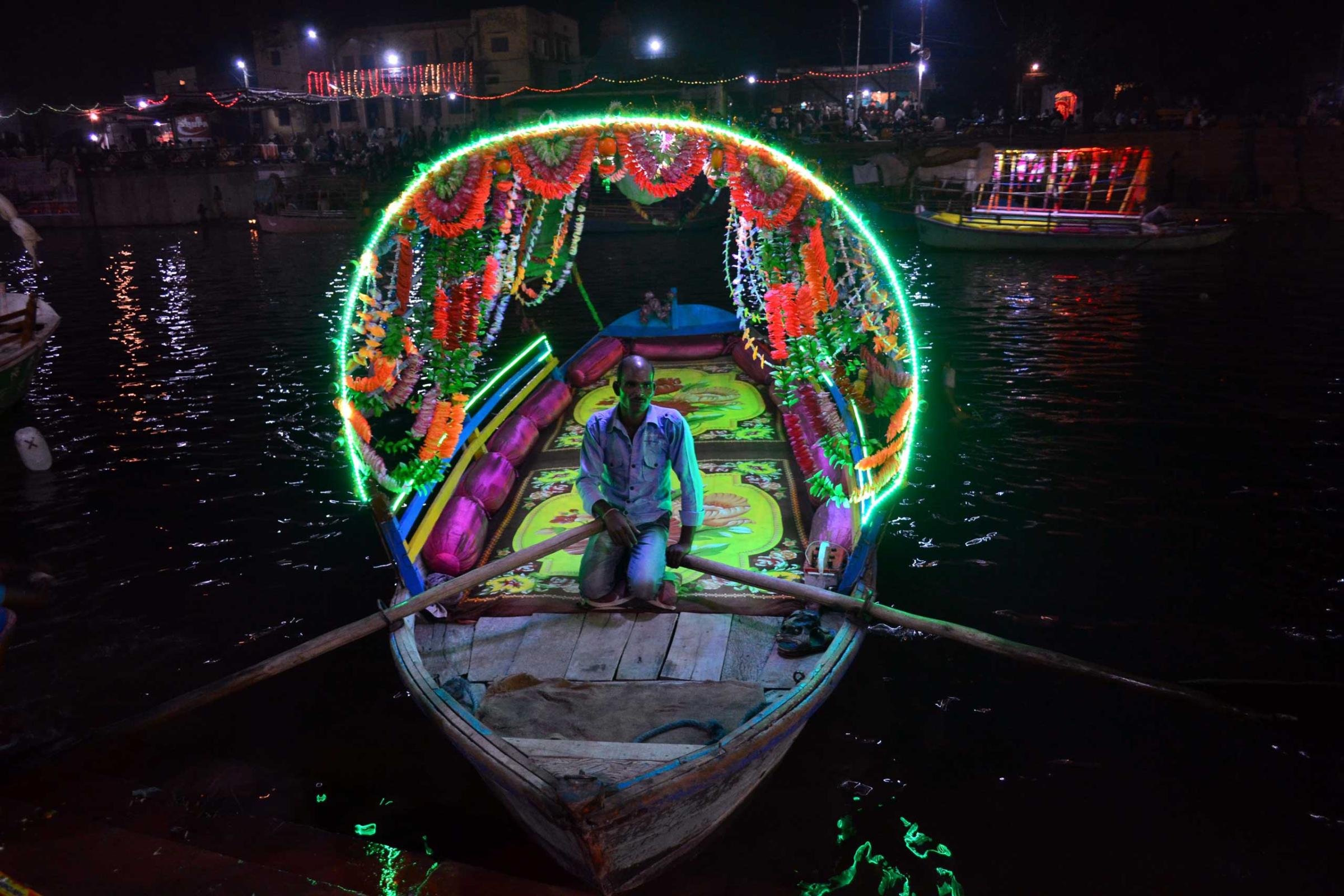
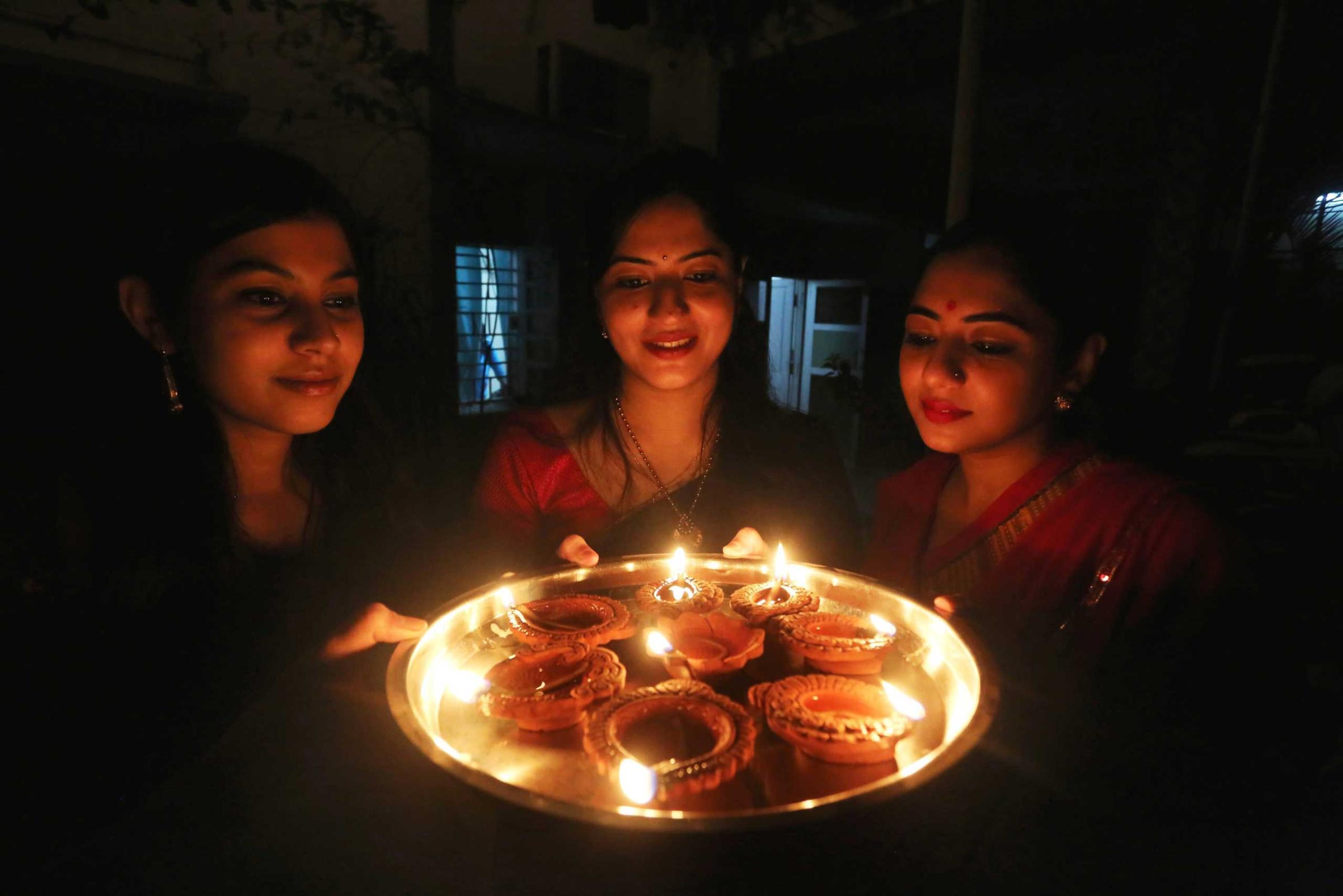
More Must-Reads from TIME
- How Donald Trump Won
- The Best Inventions of 2024
- Why Sleep Is the Key to Living Longer
- Robert Zemeckis Just Wants to Move You
- How to Break 8 Toxic Communication Habits
- Nicola Coughlan Bet on Herself—And Won
- Why Vinegar Is So Good for You
- Meet TIME's Newest Class of Next Generation Leaders
Write to Naina Bajekal at naina.bajekal@time.com